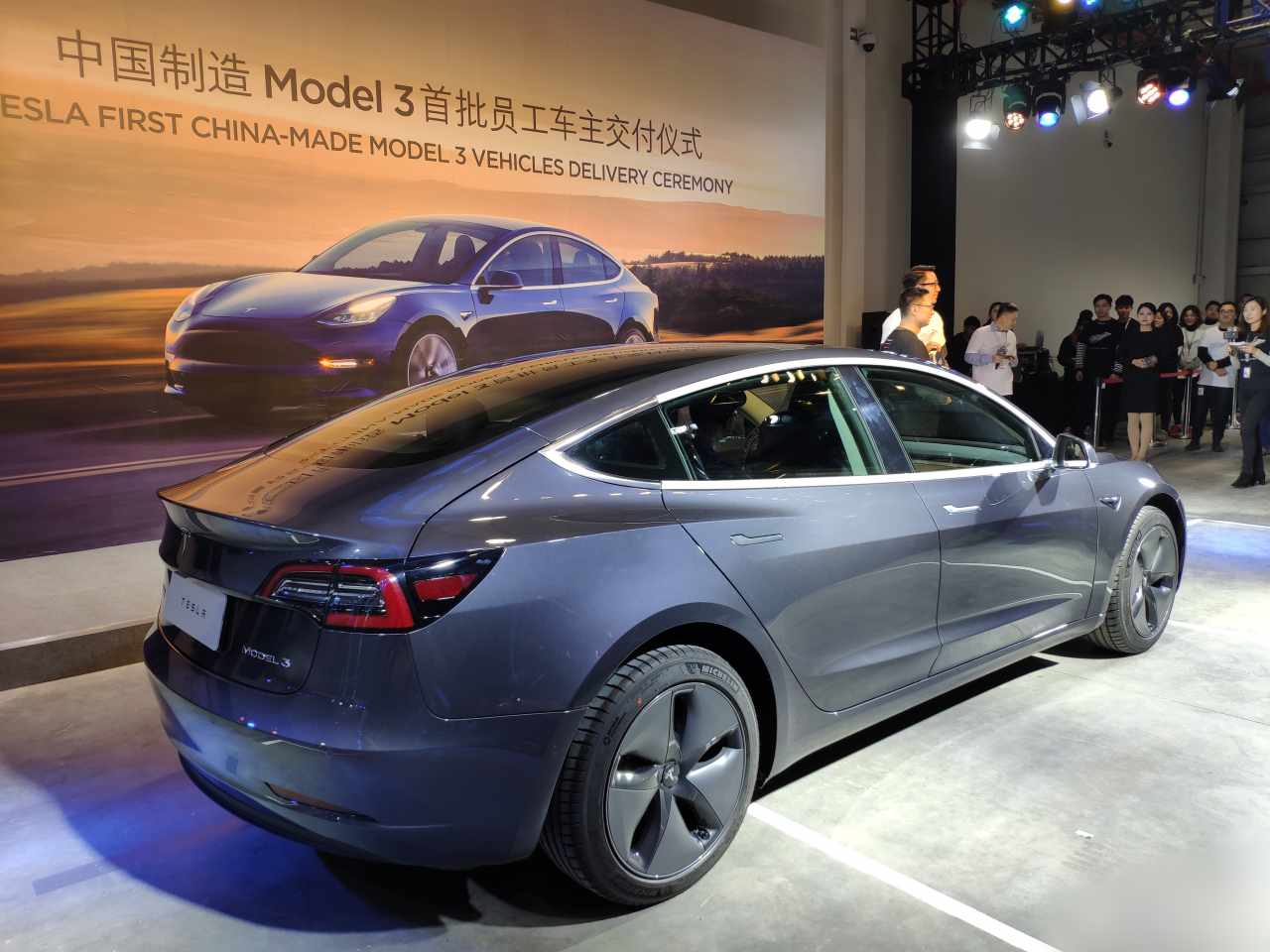Last February, there was a rumor that Tesla was working on launching an inexpensive version of the Model 3 in China, using lithium-ferrophosphate (LiFePO4) batteries. Something that in practice would mean putting access units on the market around 25% cheaper. Now we know that Tesla is already beginning the bureaucratic process to be able to use this type of battery in its cars.
It would be an essential change in the chemistry that the Model 3 carries in the Chinese market, and that will allow expanding the offer with access variants that fight toe to toe with the local models.
As reported by the page of the Ministry of Industry and Information Technology of China, Tesla has applied for government approval to receive the relevant permission to start production immediately of units equipped with LFP batteries.
These batteries according to rumors, would come from the local manufacturer CATL which would already have a technology ready that dispenses with expensive cobalt. Resulting in a pack with a high energy density level for this type of chemical and with a price that would be below $100 per kWh in the pack. Something that on paper would allow the production costs to be equal to that of gasoline vehicles.
In this way, Tesla would have up to three different suppliers for its Shanghai factory. Both its Panasonic partners and the Korean LG, to which CATL would now join.
The objective is not only to have a more economical variant but also to ensure that the expansion of production is accompanied by a sufficient volume of batteries. So as not to suffer a bottleneck in reaching a production of 150,000 units this year in China. To get as close as possible to the 400,000 or 450,000 units, Tesla expects to achieve this year among all its factories, despite the slowdown caused by the epidemic.

